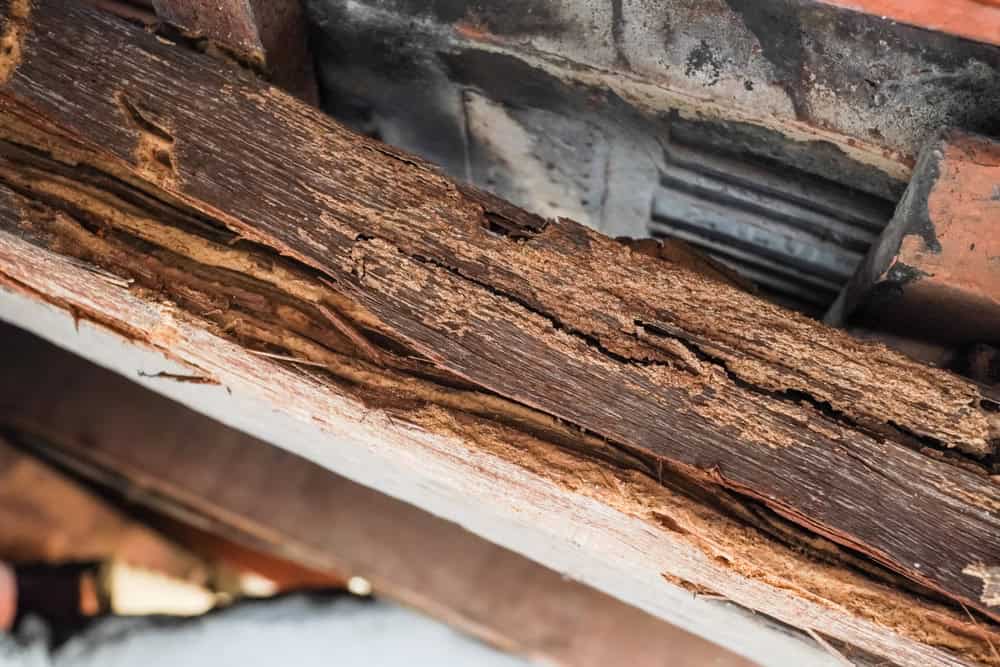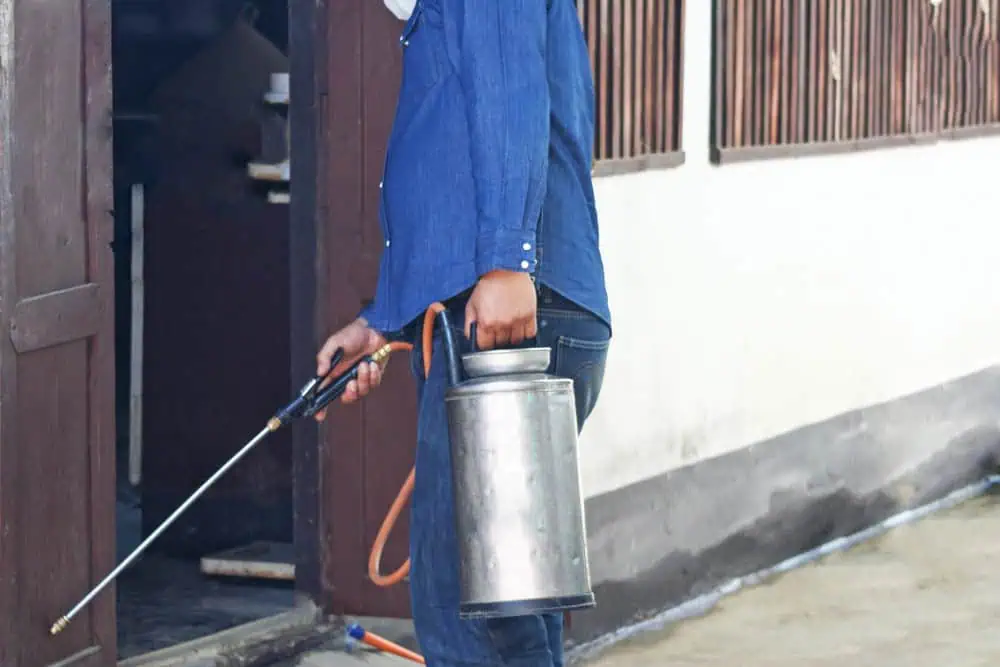Stop termite damage before it costs you thousands with proven treatment methods that actually work.

Hear from Our Customers

You’ll sleep better knowing your home is completely protected from termite damage. Our comprehensive termite treatment eliminates active infestations and creates a barrier that prevents future problems.
No more wondering if those small holes in your wood are something serious. No more worrying about structural damage eating away at your property value. You get complete peace of mind with treatment methods that work the first time.
After treatment, you’ll have a detailed report showing exactly what we found, what we eliminated, and how we’re preventing future infestations. Your property stays protected, and you stay informed about exactly what’s happening with your termite prevention plan.
We’ve been protecting Springdale properties from termite damage for years. We know exactly which termite species are active in our area and the most effective treatment methods for New Jersey’s climate and soil conditions.
You’re not getting a generic approach from a national chain. You’re working with local professionals who understand Springdale’s unique termite challenges and building requirements.
We’re licensed, insured, and focused on honest assessments. If you don’t need extensive treatment, we’ll tell you. If you do, we’ll explain exactly why and show you the evidence.

We start with a comprehensive termite inspection of your entire property, checking all the areas where termites typically enter and establish colonies. You’ll see exactly what we find with photos and detailed explanations.
If we discover active termites, we eliminate them using liquid treatments or baiting systems depending on your specific situation. Both methods are highly effective, but we choose the right approach based on your property layout and the extent of the infestation.
After elimination, we establish long-term prevention barriers around your property. This includes treating soil around your foundation and monitoring stations that catch termites before they reach your home. You’ll receive regular follow-up inspections to ensure your protection stays active.

Ready to get started?
Your termite treatment includes a thorough property inspection, complete elimination of active termites, and establishment of prevention barriers. We also provide detailed documentation of our findings and treatment methods.
Springdale’s older homes and humid climate create perfect conditions for subterranean termites, the most common species in our area. These termites build mud tubes from soil to wood and can cause significant structural damage before you notice signs of termite infestation.
Our treatment approach addresses both immediate termite problems and long-term prevention. You’ll get monitoring stations, soil treatment around your foundation, and regular follow-up inspections. We also provide guidance on moisture control and other factors that attract termites to your property.
